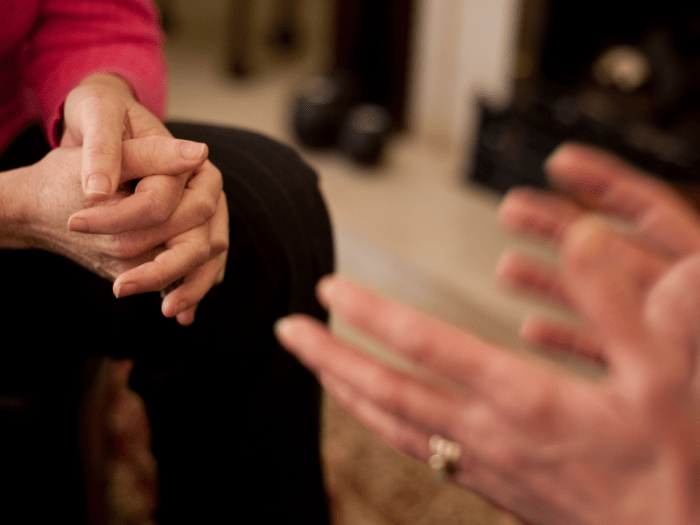When seeking a therapist, you will come across a long list of professionals, and it will be really difficult to choose a good one. Therapists have a diverse range of qualification, skills and personalities which may or may not suit you. An effective therapy program is typically based on the relationship between therapist and client. So, what makes a good therapist? Let us explore the qualities of a good therapist to help you make the most out of your therapy sessions.
1. Strong communication skills
A good communicator exhibits confidence and assertiveness, and will make a new person feel comfortable during one-to-one session or on the phone or via email. Coupled with social skills, effective communication skills will help in creating a positive therapeutic bonding between the therapist and the client.
A good therapist will discuss issues in an honest, open and inquisitive manner using plain language, and will also ask for your feedback and opinion on those issues.
2. Effective listening and observation skills
A critical trait of a good therapist is to patiently and proactively listen to people. Your therapist should be skilled in deciphering your spoken words and silence, and in observing your body language. Your therapist should also have a good memory in order to remember things you told them earlier, and connect with what you are saying in the present.
An effective counsellor is not bored by conversation or have allow others to contribute to a conversation. They attentively listen to what you say and then reflect back to help you see new perspectives and draw your own conclusions.
3. Trustworthy
Mutual trust is a very important aspect of therapy and confidentiality is the cornerstone. During the sessions, you will be discussing very private and complex issues with your therapist, and policies should be in place to keep all the shared information confidential, both during and after the treatment process. Confidentiality is essential for the client to open up and feel comfortable in a safe environment without the fear of being betrayed.
Like any other relationship, building trust in therapy sessions is a time-taking process that cannot be rushed. A good therapist will operate within ethical limits, will respect your privacy and will never overstep your personal boundaries. In-session flirtation is among the top signs of a bad therapist.
4. Unbiased and non-judgmental
A good therapist is non-confrontational, unbiased and non-judgmental. Therapists demonstrate respect and will talk to you in a manner which tells they believe you. You are treated with empathy and your thoughts and feelings are not judged or made fun of.
The therapist suggests alternative ways of seeing and doing things and respects your outlook, thus acting as a source of support with whom you can share private things without any hesitation.
5. Flexible and optimistic
When it comes to therapeutic treatment, every client is unique and need a tailored approach. A good therapist should be flexible in his approach and discuss a range of possible strategies to try in your unique circumstance.
Positivity is a critical trait of a therapist and you should feel confident that therapy will improve. Besides identifying the causes of stress, the therapist will also explore the things which can make you happy and peaceful.
6. Open to supervision
A good therapist should be willing to talk about clinical issues with a more experienced colleague in order to get the work quality evaluated. Supervision will help in getting new ideas or insights into a particular issue.
In high-risk situations, it is advisable for a good counsellor to avoid working in isolation and let access supervision to let others know they are doing with clients.
Conclusion
The qualities of a therapist play a crucial role in the successful outcome of therapy. Every therapist may not meet each of the above-mentioned criteria, but if you are aware of the traits of a good therapist, you can decide whether you or your loved one is getting the best treatment.





















